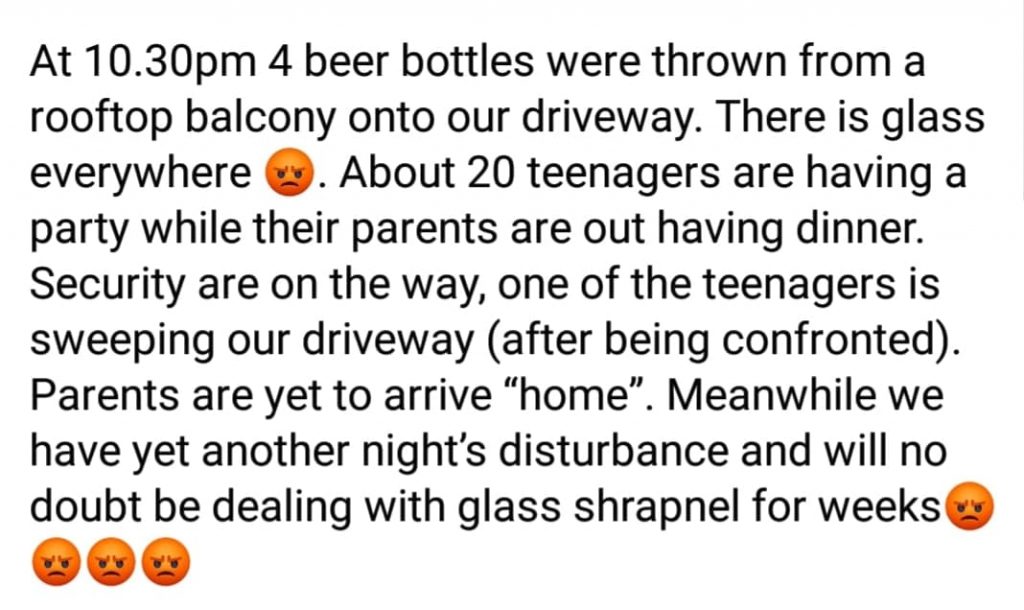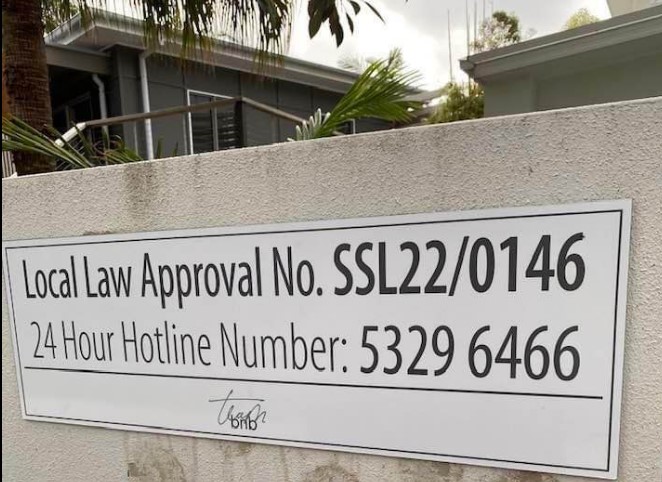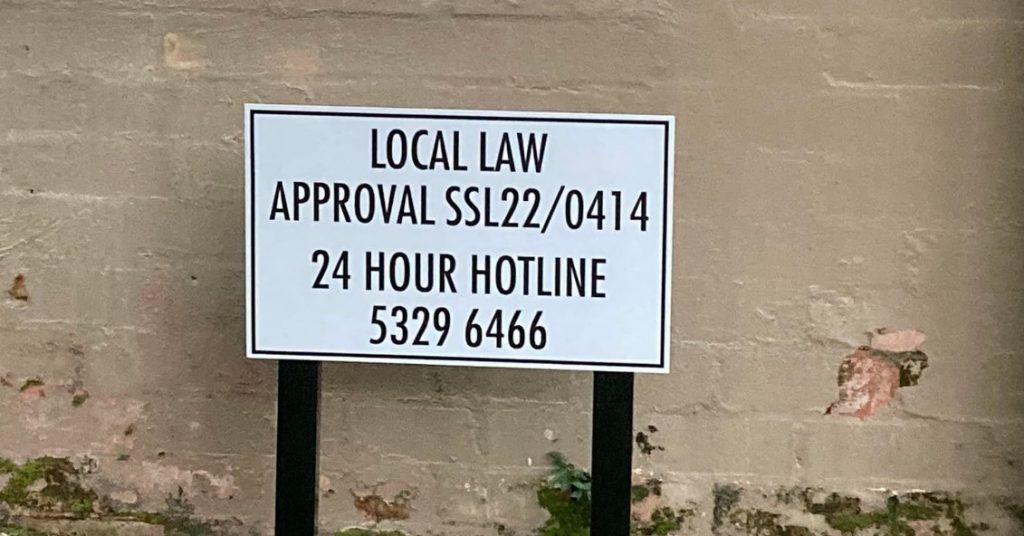
Facebook comment from a Noosa resident.
Welcome to Noosa. Life next door to one of 5,000 Short Term Accommodation businesses in our shire. Many of them in local streets where neighbours used to reside.
Right now, it’s a test of patience. Our community waits for Noosa Council’s much-heralded STA Local Laws to begin to do their job, to help restore ‘the amenity’ of streets where people live.
About 2500 Noosa properties registered under the council’s Short Term Accommodation Local Law between its approval in October 2021 and June 30.
With Council dangling the carrot of a waived fee 1,200 of them signed on in the final fortnight of June.
Despite that incentive and all of the publicity around it, we still have only half of Noosa’s STA properties registered. Just half.
It’s anyone’s guess as to how long the remaining 2500 or so Noosa properties offered for Short Term Rental will be registered…if at all.
Announcing the Local Law the Mayor said it would protect visitors by introducing minimum safety standards. This snails’-paced introduction will leave visitors in unregistered properties without these new protections, and voters frustrated that the Noosa-wide protections they expected for their residential amenity are not yet enforced.
Some Background
The Short Term Accommodation phenomenon emerged as investors (most living outside Noosa and outside Queensland) recognised the economic opportunities of Noosa STA properties – solid capital gains potential; high rents/high turnover facilitated by the digital booking platforms; and low entry costs to this unregulated niche market.
STA numbers doubled in five years. An average one in five properties were swallowed up by this phenomenon by 2020, with higher concentrations in some areas of Noosaville, Noosa Heads and right along the Eastern Beaches.
Consequences included:
- Shrinking availability of long-term rental properties, and soaring rents;
- Staff shortages in the fast growing health sector (biggest contributor to Noosa’s economy), and in restaurants and hotel services, the result of scarce and expensive accommodation;
- Residential suburbs morphing into quasi tourism precincts with traffic congestion, raucous parties at all hours, and the intrusions of high-frequency visitor turnover and the (over) maintenance of properties and gardens; and
- Declining bookings in the budget-traveller market as STA‘S established without regulation and at low cost, undercut rates.
Traditional rentals (usually non-commercial and to family and friends who often became familiar to Noosa neighbours) were replaced by high-priced short term rentals to strangers.
Specialised STA property management businesses appeared and began to lobby Council.
The Local Law
The Local Law was the result of significant and growing voter disquiet from around 2016. STA Regulation was vigorously opposed by some, many with vested interests.
The Law requires;
- Compulsory registration of all properties offered for STA, with annual renewals.
- Signage outside all properties offered for STA, advising a complaints number
- A 24 hour complaints hotline – 5329 6466 ; and
The Law recommends;
- An 8pm to 7am curfew on swimming pools and a 9pm curfew on other outside activities;
- Off-street parking for renters; and
- A code of practice drawn up by owners (council suggestions for such a code in ‘Guide to Good Management of Short Stay Let and Home Hosted Accommodation) and provided to all STA renters.
As the Mayor said, these regulations were to ensure STA renters behaved like good neighbours as well as providing safe accommodation for visitors.
Voting on the Local Law, Councillors put the amenity of residents (ie voters) ahead of investors, the real estate industry and STA managers. Six supported the strategy and regulations. One Councillor voted against the Law on the basis that it over-regulated the STA market.
One member of the local group Residents Against Unregulated STA spoke of how spirits were briefly lifted last year when council supported the initiative.
The response since then; “Many residents wanted the Local Law to go further. All expected it to be implemented faster. Now many are wondering just how fair dinkum the council is with this snail paced approach. With more than five years since the problem emerged, and three years for implementation of a solution it’s little wonder.”



